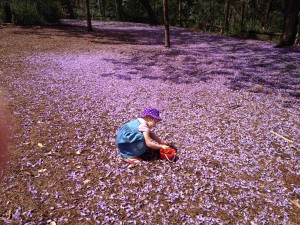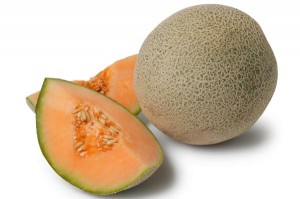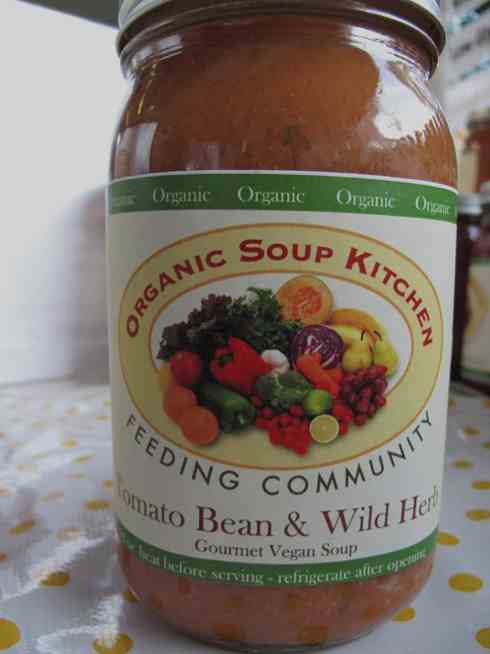Like most children, the students at Stone Corral Elementary School in Seville, Calif., here rejoice when the bell rings for recess and delight in christening a classroom pet.
But while growing up in this impoverished agricultural community of numbered roads and lush citrus orchards, young people have learned a harsh life lesson: “No tomes el agua!” — “Don’t drink the water!”
According to the New York Times, Seville, with a population of about 300, is one of dozens of predominantly Latino unincorporated communities in the Central Valley  plagued for decades by contaminated drinking water. It is the grim result of more than half a century in which chemical fertilizers, animal wastes, pesticides and other substances have infiltrated aquifers, seeping into the groundwater and eventually into the tap. An estimated 20 percent of small public water systems in Tulare County are unable to meet safe nitrate levels, according to a United Nations representative.
plagued for decades by contaminated drinking water. It is the grim result of more than half a century in which chemical fertilizers, animal wastes, pesticides and other substances have infiltrated aquifers, seeping into the groundwater and eventually into the tap. An estimated 20 percent of small public water systems in Tulare County are unable to meet safe nitrate levels, according to a United Nations representative.
In farmworker communities like Seville, a place of rusty rural mailboxes and backyard roosters where the average yearly income is $14,000, residents like Rebecca Quintana pay double for water: for the tap water they use to shower and wash clothes, and for the five-gallon bottles they must buy weekly for drinking, cooking and brushing their teeth.
It is a life teeming with worry: about children accidentally sipping contaminated water while cooling off with a garden hose, about not having enough clean water for an elderly parent’s medications, about finding a rock while cleaning the feeding tube of a severely disabled daughter, as Lorie Nieto did. She vowed never to use tap water again.
Chris Kemper, the school’s principal, budgets $100 to $500 a month for bottled water. He recalled his astonishment, upon his arrival four years ago, at encountering the “ghost” drinking fountains, shut off to protect students from “weird foggyish water,” as one sixth grader, Jacob Cabrera, put it. Mr. Kemper said he associated such conditions with third world countries. “I always picture it as a laptop a month for the school,” he said of the added cost of water.
Here in Tulare County, one of the country’s leading dairy producers, where animal waste lagoons penetrate the air and soil, most residents rely on groundwater as the source for drinking water. A study by the University of California, Davis, this year estimated that 254,000 people in the Tulare Basin and Salinas Valley, prime agricultural regions with about 2.6 million residents, were at risk for nitrate contamination of their drinking water. Nitrates have been linked to thyroid disease and make infants susceptible to “blue baby syndrome,” a potentially fatal condition that interferes with the blood’s capacity to carry oxygen.
 health officials.
health officials.




.jpeg)
.jpg) Affected in-shell oysters are sold individually or in bags sized from 1 dozen to 10 dozen, and marked with harvest tags between July 17 and Aug. 8.
Affected in-shell oysters are sold individually or in bags sized from 1 dozen to 10 dozen, and marked with harvest tags between July 17 and Aug. 8..jpeg) Or the sick people.
Or the sick people..jpg) therefore becomes their badge of honor.”
therefore becomes their badge of honor.” Sunset Blvd., Pacific Palisades, CA on May 13, 2012 and June 3, 2012.
Sunset Blvd., Pacific Palisades, CA on May 13, 2012 and June 3, 2012. 
.png) Bay and
Bay and 
.jpg) “MAR 27” and earlier, and retailers are to pull those products immediately from their shelves.
“MAR 27” and earlier, and retailers are to pull those products immediately from their shelves.